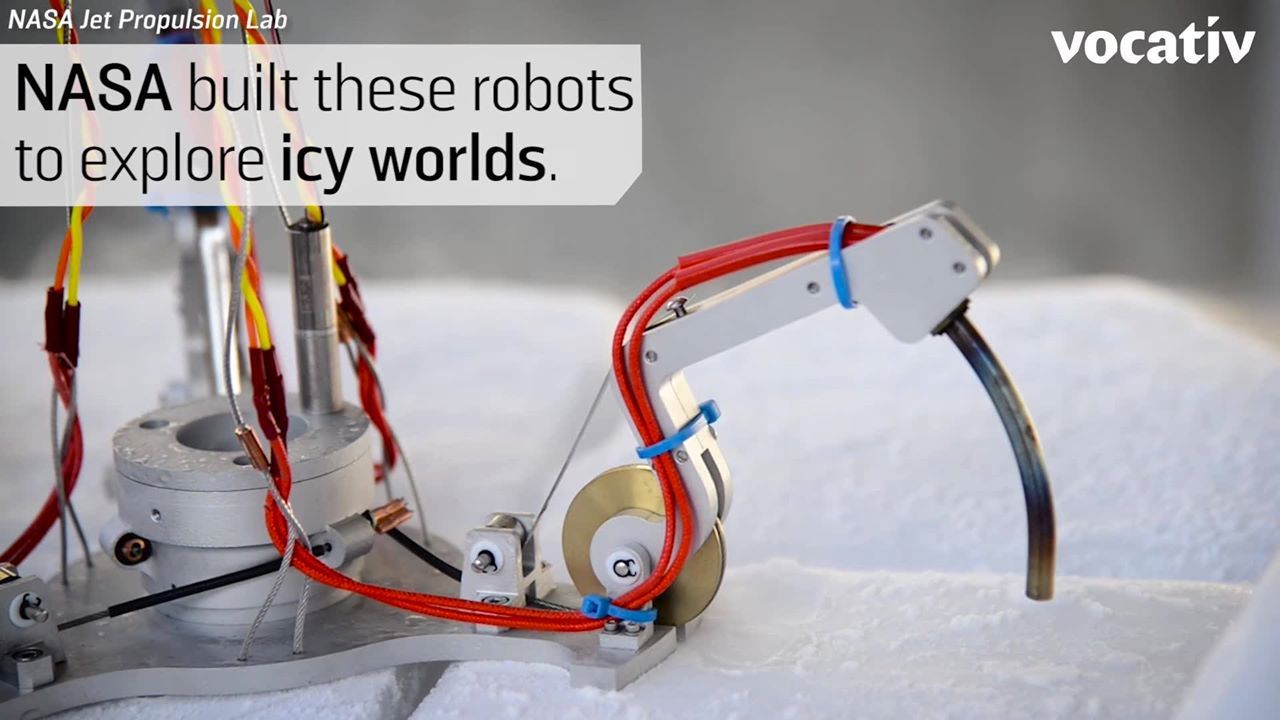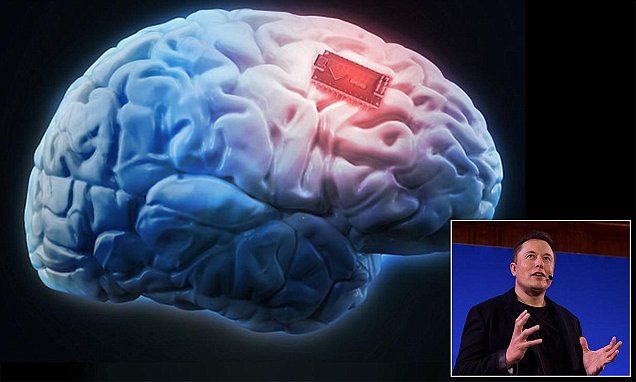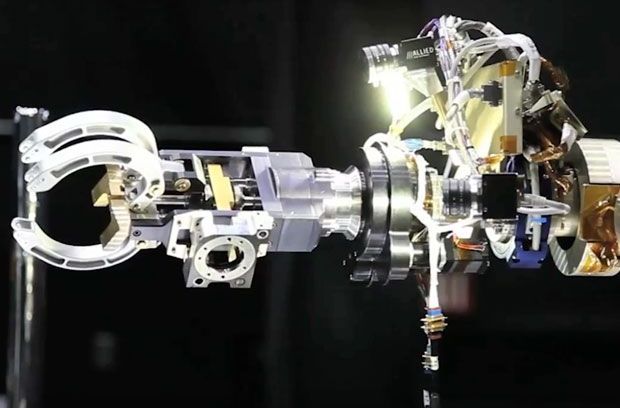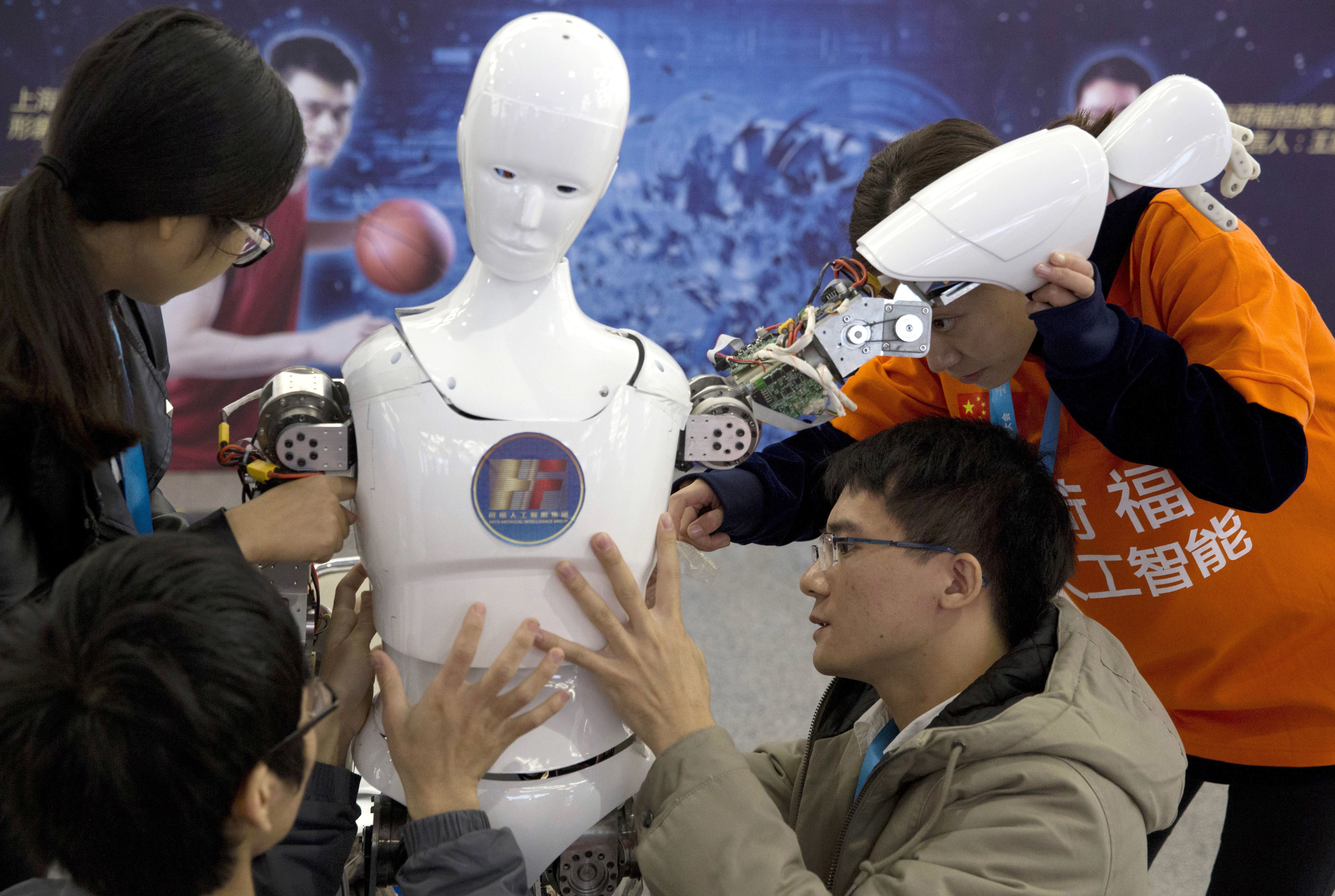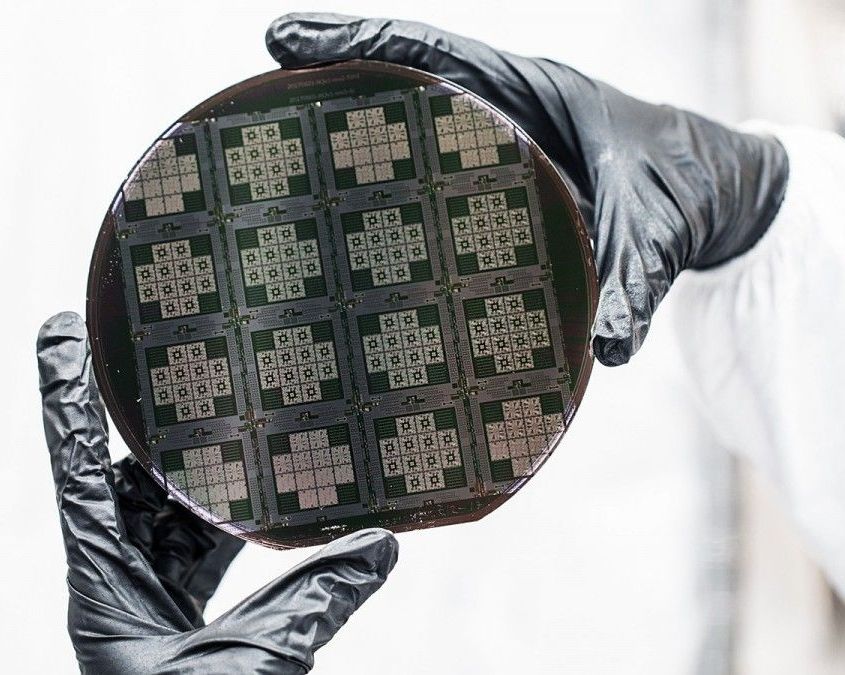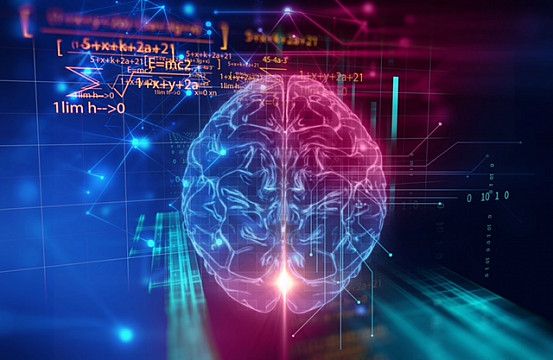Category: robotics/AI
Neuralink is working to link the human brain with a machine interface by creating micron-sized devices.
He said creating a brain-machine interface will be vital to help humans compete with the ‘godlike’ robots of the future.
Neuralink was registered in California as a ‘medical research’ company last July, and he plans on funding the company mostly by himself.
Let’s say you are the program manager of a very large, complex system. Perhaps it’s an aircraft, or a building, or a communications network. Your system is valued at over US $500 million. Could you imagine being told that you won’t ever be able to maintain it? That once it’s operational, it will never be inspected, repaired, or upgraded with new hardware?
Welcome to the world of satellite building. After a satellite is launched, it is on a one-way journey to disrepair and obsolescence, and there is little anyone can do to alter that path. Faults (which are called anomalies in the space business) can only be diagnosed remotely, using data and inferential reasoning. Software fixes and upgrades may be possible, but the nuts and bolts remain untouched. The upshot: Even if a satellite is operating well, it could lose its state-of-the-art status just a few years into a typical 15-year lifetime.
If governments and private companies could actively repair and revitalize their satellites in geosynchronous orbit—and move them to new orbits as needed—they could extend the lifespans of their investments and substantially defer the cost of building and launching replacements.
Rooting for the AI’s.
Artificial intelligence is revolutionizing warfare and espionage in ways similar to the invention of nuclear arms and ultimately could destroy humanity, according to a new government-sponsored study.
Advances in artificial intelligence, or AI, and a subset called machine learning are occurring much faster than expected and will provide U.S. military and intelligence services with powerful new high-technology warfare and spying capabilities, says a report by two AI experts produced for Harvard’s Belfer Center.
The range of coming advanced AI weapons include: robot assassins, superfast cyber attack machines, driverless car bombs and swarms of small explosive kamikaze drones.
Berkeley-based quantum computing firm Rigetti will allow 40 machine learning startups from 11 countries to make use of its devices to help crunch their AI problems.
Rigetti is small compared to its main rivals—the likes of Google, IBM, and Intel. But as we’ve reported in the past, the firm is working on a complex chip architecture that promises to scale up well, and should be particularly suited to applications like machine learning and chemistry simulations. That’s why we made it one of our 50 Smartest Companies of 2017.
But, like IBM and Google, part of Rigetti’s business model has always been to develop a kind of quantum-powered cloud service that would allow people to make use of its technology remotely. The newly announced partnership—which will be with companies from Creative Destruction Lab, a Canadian incubator that focuses on science-based startups—is a chance to test that theory out using Rigetti’s Forest programming environment.
Futurist José Cordeiro talks longevity, AI, and the humanitarian crisis in Venezuela.
—————
Like us on Facebook: https://www.facebook.com/Reason.Magaz…
Follow us on Twitter: https://twitter.com/reason
Reason is the planet’s leading source of news, politics, and culture from a libertarian perspective. Go to reason.com for a point of view you won’t get from legacy media and old left-right opinion magazines.
“In 30 years, I will be younger than today, not older,” says José Luis Cordeiro, who’s a founding faculty member at Singularity University, a Silicon Valley-based think tank devoted to futurism. “Why? Because we are going to have rejuvenation techniques, and these experiments are beginning right now.”
A mechanical engineer with a degree from MIT, Cordeiro has worked in fields ranging from monetary policy to petroleum engineering, and he created the first formal “future studies” course at the Austrian School of Economics in Venezuela, his birth country.
Small convoys of partially driverless lorries will be tried out on major British roads by the end of next year, the government has announced.
A contract has been awarded to the Transport Research Laboratory (TRL) to carry out the tests of vehicle “platoons”.
Up to three lorries will travel in formation, with acceleration and braking controlled by the lead vehicle.
The risk factor is that iCarbonX is handling more than personal data, but potentially vulnerable data as the company uses a smartphone application, Meum, for customers to consult for health advice. Remember that the Chinese nascent genomics and AI industry relies on cloud computing for genomics data-storage and exchange, creating, in its wake, new vulnerabilities associated with any internet-based technology. This phenomenon has severe implications. How much consideration has been given to privacy and the evolving notion of personal data in this AI-powered health economy? And is our cyberinfrastructure ready to protect such trove of personal health data from hackers and industrial espionage? In this new race, will China and the U.S. have to constantly accelerate their rate of cyber and bio-innovation to be more resilient? Refining our models of genomics data protection will become a critical biosecurity issue.
Why is Chinese access to U.S. genomic data a national security concern?
Genomics and computing research is inherently dual-use, therefore a strategic advantage in a nation’s security arsenal.
Automation, unemployment, & low wage workers
We study the effect of minimum wage increases on employment in automatable jobs – jobs in which employers may find it easier to substitute machines for people – focusing on low-skilled workers from whom such substitution may be spurred by minimum wage increases. Based on CPS data from 1980–2015, we find that increasing the minimum wage decreases significantly the share of automatable employment held by low-skilled workers, and increases the likelihood that low-skilled workers in automatable jobs become unemployed. The average effects mask significant heterogeneity by industry and demographic group, including substantive adverse effects for older, low-skilled workers in manufacturing. The findings imply that groups often ignored in the minimum wage literature are in fact quite vulnerable to employment changes and job loss because of automation following a minimum wage increase.
You may purchase this paper on-line in.pdf format from SSRN.com ($5) for electronic delivery.
